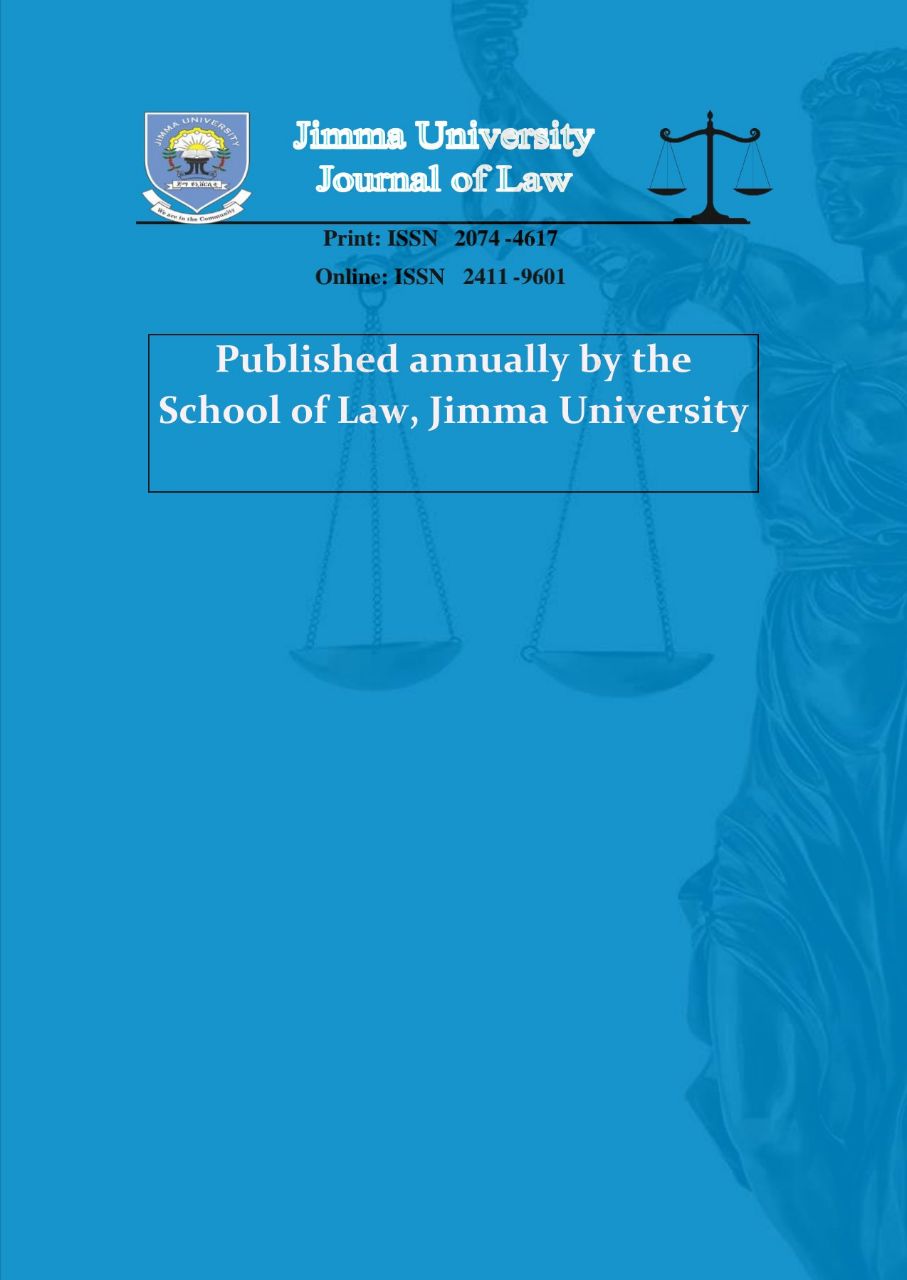Protection of Creditors from the Abuse of Limited Liability in Firms under Ethiopian Laws
Abstract
Limited liability is an imperative part of modern company laws in many jurisdictions. Of course, the concept is common with some forms of partnership firms as well. In both companies and partnerships, limited liability allows the firm’s partners/shareholders to limit their liability to the extent of their contribution within their firms. Nonetheless, unless it is effectively regulated, this ‘privilege’ could be potentially abused and as a result, the interest of the creditors of such firms could be affected. To regulate the potential abuse of limited liability, company laws of national jurisdictions have devised various mechanisms. Prominent amongst these mechanisms are; piercing a corporate veil, requiring larger capitalization, and mandatory insurance schemes. However, it remained an issue of how Ethiopian laws address this problem of abuse of limited liability. Therefore, this article makes a doctrinal analysis of how the relevant Ethiopian laws seek to protect the interest of firms’ creditors in the event of such abuse of limited liability. The paper discovers that the use of piercing corporate veil, requiring larger capitalization, and the mandatory insurance requirements utilized in several jurisdictions as tools to mitigate the hazards of limited liability are inadequate and in some cases do not exist under Ethiopian laws. Thus, the writers recommend the incorporation of broader and clearer grounds for limiting the limited liability itself, adoption of adequate capitalization rule, and stronger implementation of the already started mandatory insurance scheme.




